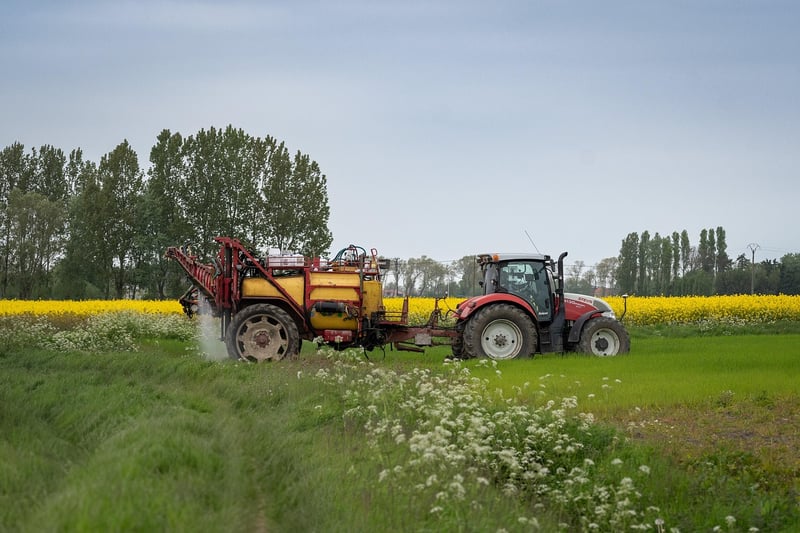Cover Cropping Benefits
Enhance Soil Fertility with Cover Cropping
Healthy soil is the foundation of successful agriculture. One key practice that farmers use to improve soil health and fertility is cover cropping. Cover cropping involves planting specific crops during the off-season to protect and enrich the soil. Let's explore the benefits of cover cropping and how it can enhance soil fertility.
Benefits of Cover Cropping:
- 1. Soil Erosion Prevention: Cover crops help prevent soil erosion by holding the soil in place with their root systems, especially during heavy rain or wind.
- 2. Nutrient Recycling: Certain cover crops can absorb excess nutrients in the soil, preventing leaching and making them available for the next cash crop.
- 3. Weed Suppression: Cover crops can outcompete weeds for sunlight, water, and nutrients, reducing the need for herbicides.
- 4. Soil Structure Improvement: The root systems of cover crops enhance soil structure, increasing water infiltration and reducing compaction.
- 5. Biodiversity Promotion: Cover cropping diversifies plant species in the field, attracting beneficial insects and microbes that contribute to soil health.
Enhancing Soil Fertility:
By incorporating cover cropping into agricultural practices, farmers can significantly enhance soil fertility. Cover crops add organic matter to the soil, which improves soil structure, water retention, and nutrient availability. Furthermore, the increased microbial activity stimulated by cover crops helps break down organic matter into essential nutrients for plants.
Leguminous cover crops, such as clover or vetch, have the added benefit of fixing atmospheric nitrogen into the soil through a symbiotic relationship with nitrogen-fixing bacteria. This natural process enriches the soil with nitrogen, a vital nutrient for plant growth, reducing the need for synthetic fertilizers.
Conclusion:
Cover cropping is a sustainable agricultural practice that offers numerous benefits for soil health and fertility. By integrating cover crops into crop rotation systems, farmers can improve soil structure, increase nutrient availability, and promote overall ecosystem resilience. Start implementing cover cropping on your farm today to reap the long-term rewards of healthier soils and increased crop yields.

For more information on cover cropping and sustainable agriculture practices, visit Sustainable Agriculture Research & Education (SARE).
